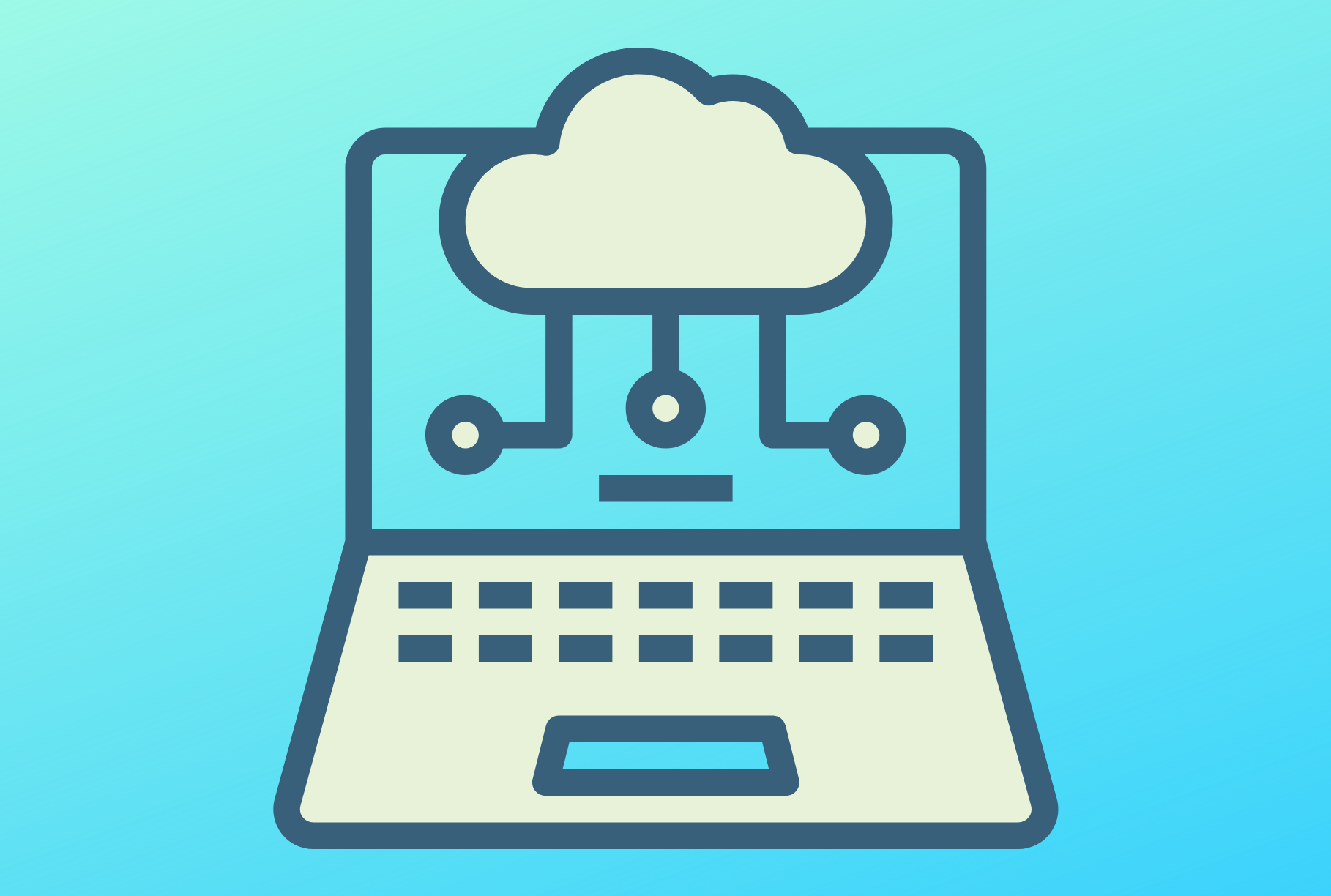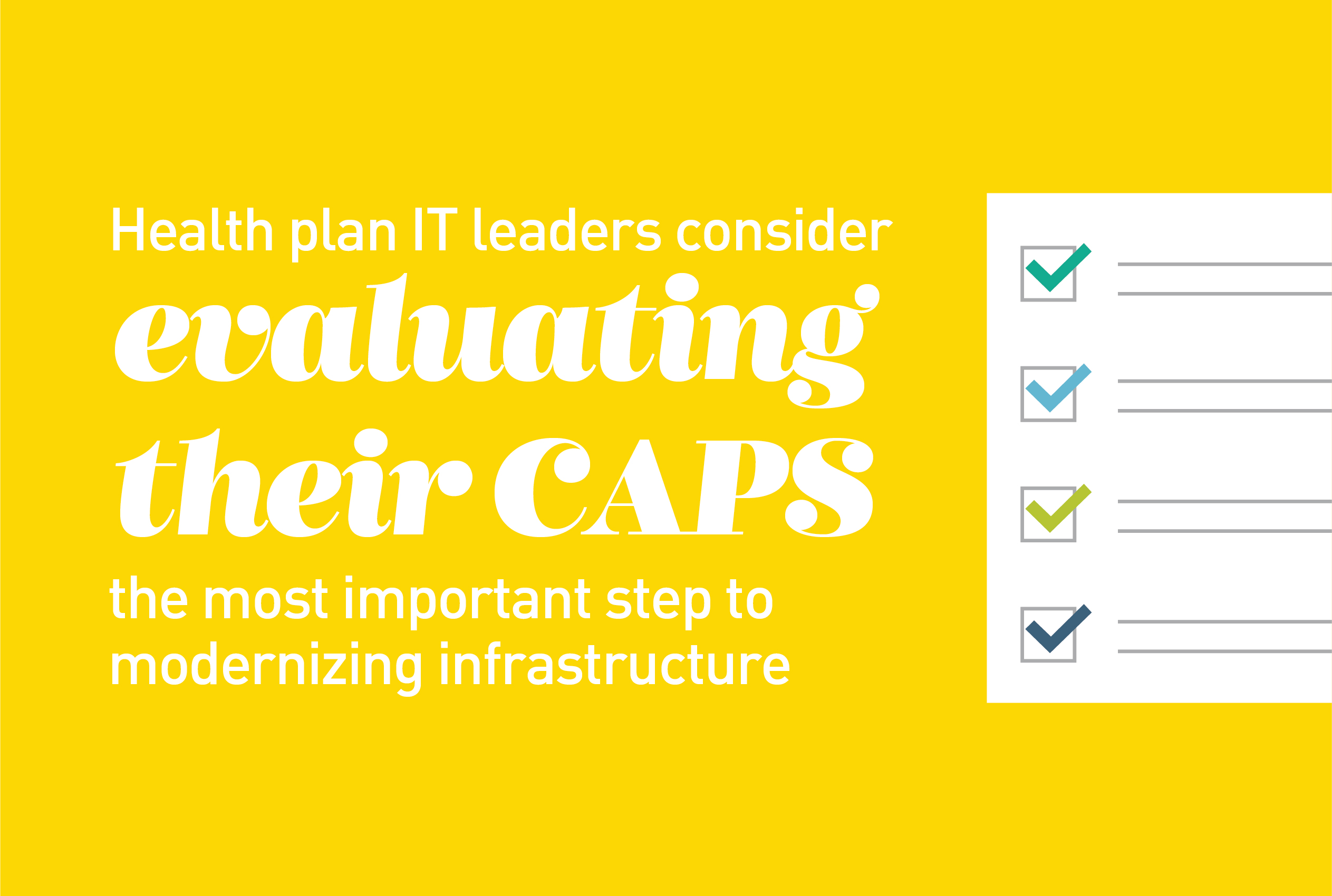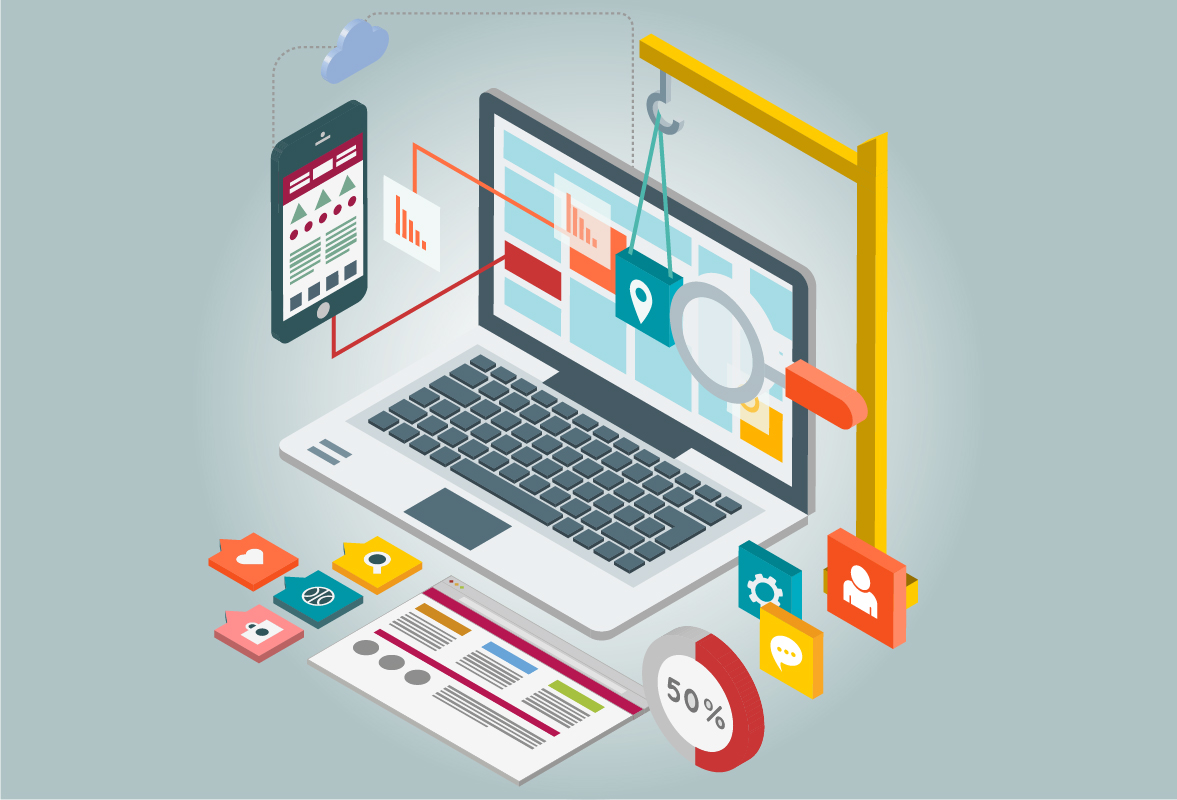The HealthEdge internship program is designed to set its interns up not only to succeed at this company but in the job world and beyond. This year’s class of 28 interns are remotely learning how to navigate the world of healthcare software as well as working life in general, thanks to the many tools offered by the program and the warm environment that makes HealthEdge feel like home.
HealthEdge understands how complicated the healthcare software industry can be, especially to someone new. To accommodate those feeling intimidated or uninformed, there are HealthEdge101 sessions given by each department and product demonstrations once a week to provide more details on the different divisions and products within the company. They are helpful, informative, and engaging, which helps the interns connect with the material and people behind it. Each week a different department head will present to teach us more about sides of the company we don’t get to see when working in our own bubble.
The HR team helps the interns prepare to be better candidates for future employers through LinkedIn profile-building workshops, resume writing sessions, career coaching, and mock interviews.
When asked what she hopes interns learn during a summer at HealthEdge, Kelly Finn, Manager of Talent Attraction, says, “It’s life skills you carry for a long time going forward. It’s not just what did you learn today; it’s learning how to talk about yourself in an interview, how to present your resume, how to present your LinkedIn profile.”
The LinkedIn workshop taught me how to navigate the platform and make my profile stand out to recruiters. My career coach, Jana Matra, gave me specific tips on how to speak up more during Zoom meetings and prepared me for mock interviews, and those skills will stick with me way beyond this summer.
No two interns will have the same experience, but every intern can agree on how important the tasks we’re given are to the company.
“I am glad my managers have enough trust in me to give me these big responsibilities,” says Customer Success Intern Raquel Simon. She creates onboarding documents to help new employees in each department adjust more easily to HealthEdge.
Tech Writing intern Faith Stynchula creates user guides for the products we sell, and she says the projects she has been offered have allowed her to represent the hard work the company has done, and she’s honored to be given such a big responsibility that’s valuable to her career as a developing professional.
This internship, regardless of which field, puts a conscious effort into preparing us for the real world.
When asked what the biggest takeaways from a HealthEdge summer internship should be, Finn answered, “we want the interns to have something meaningful to put on their resumes, some real-world contributions that they’ve made to HealthEdge as a company that they can share with employers or with their school.”
This is a testament to just how much HealthEdge wants you to succeed, not just for them but for yourself.





